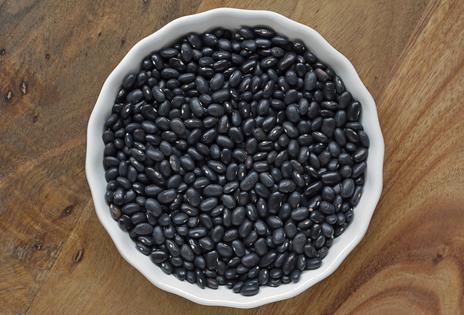7 simple tips for cooking dried beans
Published in Health & Fitness
Cooking dry beans is easy. But cooking dry beans to their full potential — meaning taking steps to maximize flavor and texture — can be tricky. Here, we share wisdom gathered over many, many stovetop batches, tips that will give you better pots of beans.
Use plenty of water.
Most beans take a while to cook, anywhere from half an hour to two hours. As they do, the water level in the pot lowers, and not just a little. At the start, cover beans with at least 2 inches of water to spare, depending on your pot’s shape. If the water level gets too low, you can always add some. The less you have to add, the better.
Salt generously.
We salt beans by salting their cooking water. For a 16-ounce bag of beans, you’ll need at least 2 teaspoons of salt. Add this salt right after you add beans to the water, at the beginning. Then give your water a brief stir, helping the salt dissolve. As your pot simmers, salt will slowly but surely creep into each bean.
Go heavy on the garlic, herbs and spices.
When it comes to flavoring beans, use other seasonings the same way as salt. Add them to the water. Let them simmer into the beans. Great seasonings include a few smashed cloves of garlic, half an onion, bay leaves (remove them before eating) and warm herbs like rosemary and sage. You can also call on spices depending on what flavor profile you want. Cumin and coriander. Ginger and turmeric. Spice blends like garam masala create more targeted layers.
Stay below a full boil.
Keeping beans at a hearty simmer beats cooking them at a full-on boil. Long boiling seems to kill nuances. Simmering also makes for a slower cooking process, giving you a wider window for, in the end, achieving just the right doneness.
Use some kind of fat.
Adding a tablespoon or two of olive oil can bring depth to beans. Another smart option, should you have the materials, is to add an ounce or two of leftover fat from cooked meat like ham or steak. (Tip: Keep a few scraps frozen for when it’s time to cook beans.) As your pot simmers, the fat just kind of melts into the cooking water. It helps bring out the full flavor of your beans and adds a layer of richness.
Stop cooking at the right moment.
Different beans have different cook times. Navy beans will be ready faster than meaty kidney beans. As the beans first start to approach doneness, test them every 5 or 10 minutes. You want a bean that is soft but not wholly collapsing. There should be just a bit of resistance, but not any trace of a hard bite (anything of a hard bite means that you need more cooking).
Store cooked beans in their juices.
You lose flavor when you store beans apart from their juices. Those juices are filled with the essences of your beans and seasonings. Keeping your beans in them as they head into the fridge makes for a more flavorful reheated bean. Also, keep in mind that beans will continue to cook a shade once you’ve shut the heat and left them in their juices.
(Real Simple magazine provides smart, realistic solutions to everyday challenges. Online at www.realsimple.com.)







Comments